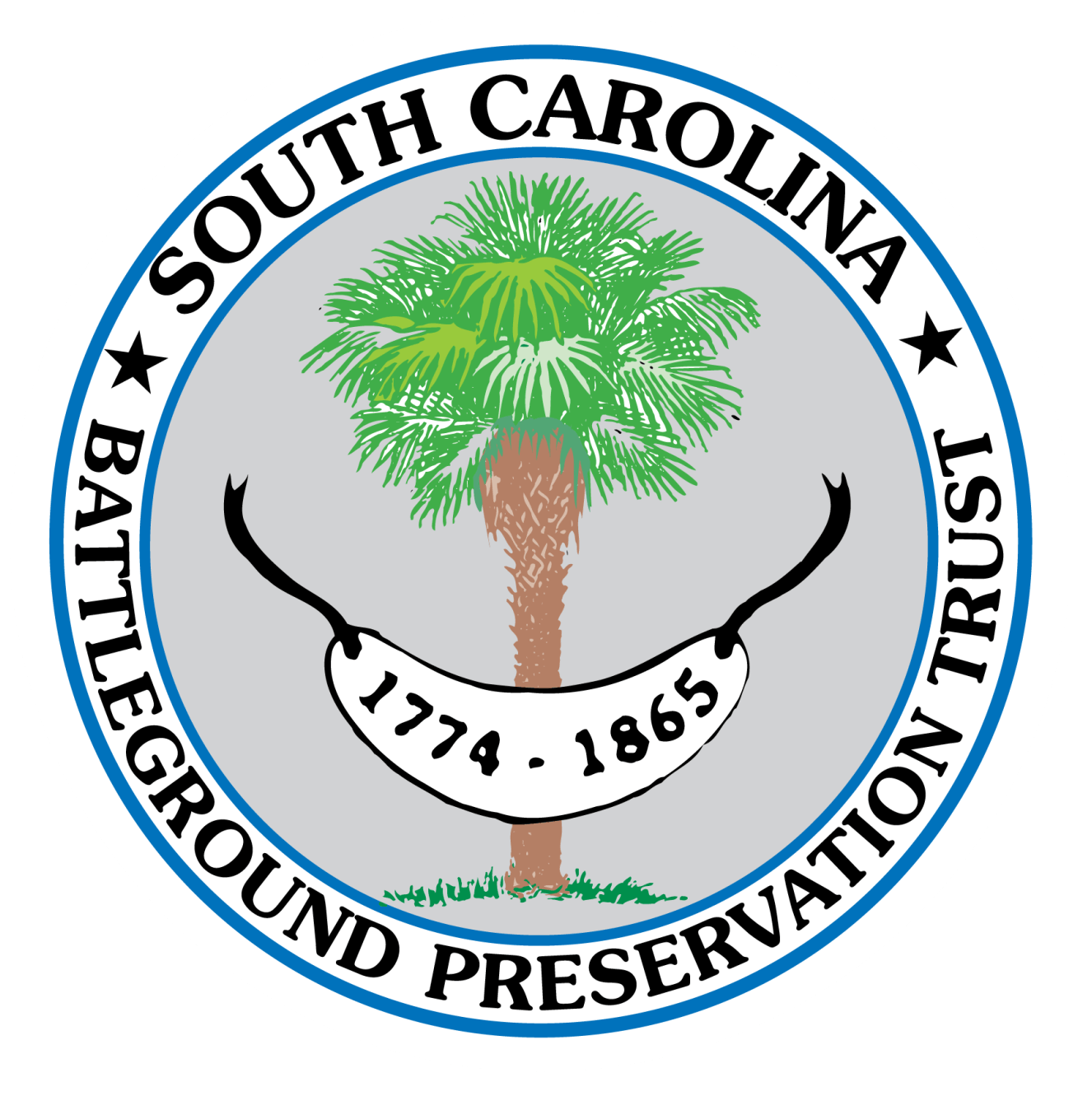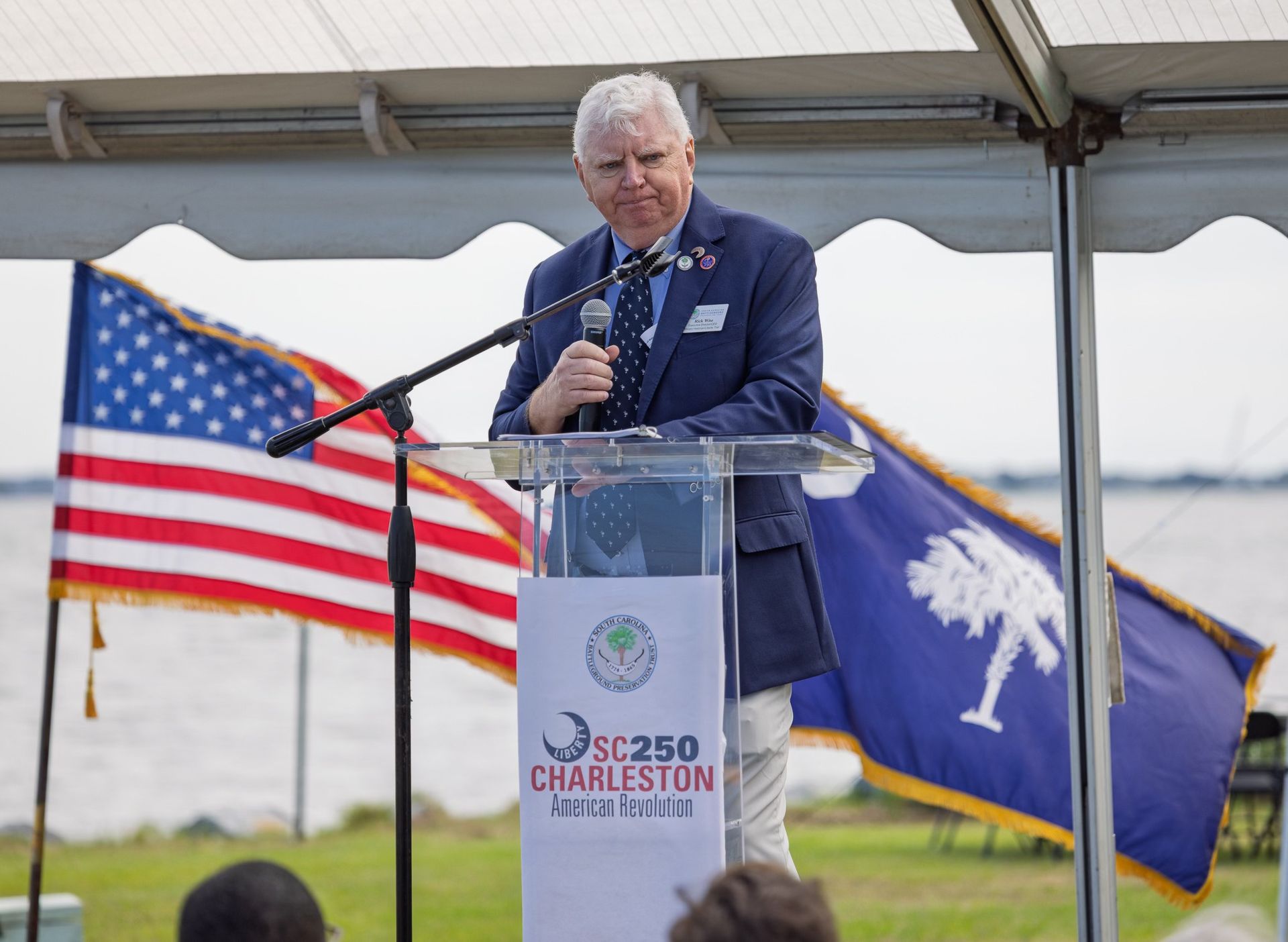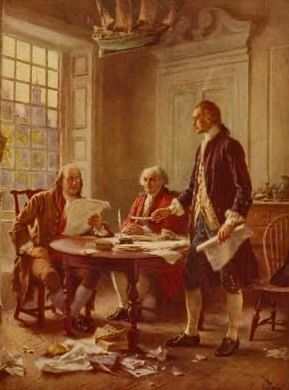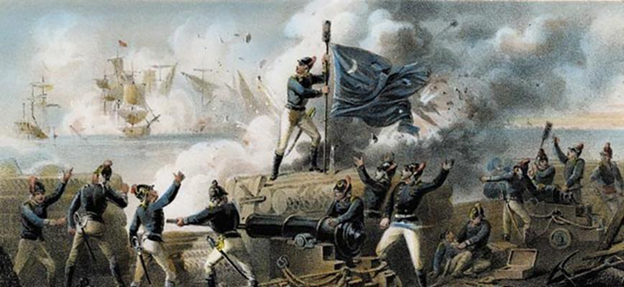Remembering the Battle of Hobkirk Hill
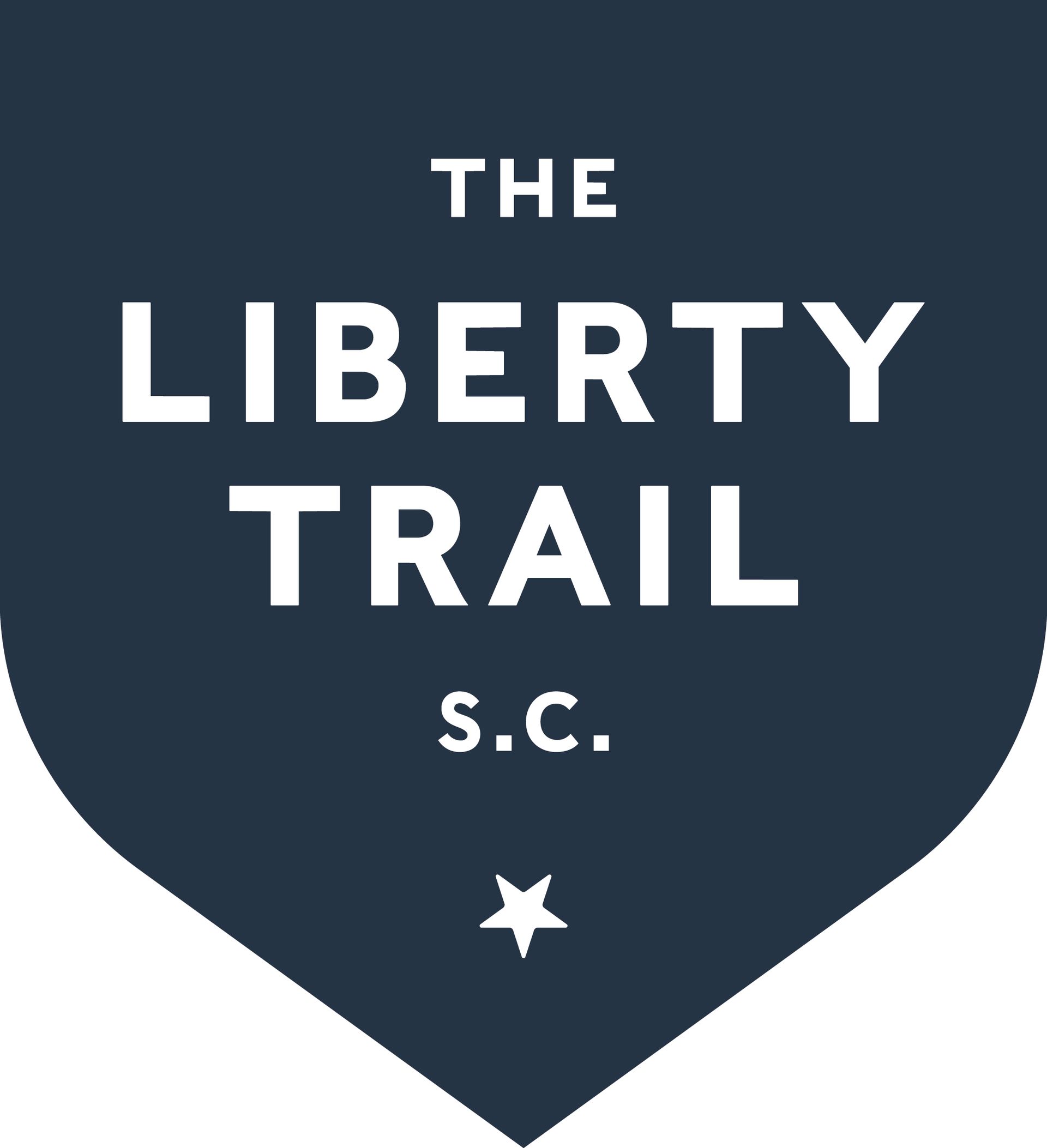
April 25, 1781
After the British captured Savannah in December 1778 and particularly Charleston in May 1780, the South was undoubtedly the primary theater of the Revolutionary War. That painful defeat at Charleston was followed by a few militia successes, but almost unraveled with the defeat at Camden in August. Militia won the Battle of Kings Mountain in October as the American Southern Army was still trying to regain its fighting capability. But a change was coming to the army, as Major General Nathanael Greene arrived to take command in December 1780.
Following the dynamic success of Brigadier General Daniel Morgan at Cowpens, the Race to the Dan was on, culminating in the Battle of Guilford Courthouse in March 1781. Instead of following Lord Cornwallis’ army to Wilmington and fight the war on Britain’s terms, Greene set his sights on South Carolina and returned to Camden. There he established his camp on astride the Great Wagon Road on Hobkirk Hill, daring the British to attack him. Before the week was out, Brigadier General Francis Marion captured Fort Watson on April 23, and the British attacked Greene’s position on Hobkirk Hill. Colonel Francis Lord Rawdon won the fight that day. But in doing so the British suffered so many casualties that they abandoned Camden about three weeks later and headed to Charleston. Greene had suffered a tactical defeat, but overall achieved a strategic victory at Hobkirk Hill on April 25, 1781.
Today, thanks to the leadership of the South Carolina Battleground Preservation Trust and American Battlefield Trust and valuable partnerships with the Palmetto Conservation Foundation, Kershaw County, Historic Camden Foundation, and Katawba Valley Land Trust, all of the undeveloped parcels (22.63 acres in 5 parcels) within the footprint of the Battle of Hobkirk Hill have been acquired and permanently protected. More than $2.0 million in local, state, and federal grants and the generosity of private donors made these acquisitions possible.
“Acquiring and permanently protecting these sites is a critical first step in sharing the stories of the Revolution,” remarked Rick Wise, CEO of the South Carolina Battleground Preservation Trust. “We are excited to work with our partners to research, interpret, and share the stories of this important battle.”
In more recent history, this unique property served as the polo field (and still does!) and special event site for the early 20th century luxury resort hotel—The Kirkwood Hotel—that hosted dignitaries from 1903 until it closed in 1943. This site is now interpreted so that visitors may start their visit of Hobkirk Hill where the 2nd Virginia Continentals once stood.
Your contributions to our work help make more victories like the permanent protection of Hobkirk Hill possible.
###
About The Liberty Trail
The Liberty Trail—developed through a partnership between the American Battlefield Trust and the South Carolina Battleground Trust—connects battlefields across South Carolina and tells the captivating and inspiring stories of this transformative chapter of American history. For more information on The Liberty Trail, visit www.thelibertytrail.org.
Media Contact
Jennifer Howard
843.709.4192
